Do you have a question about the Mitsubishi LE-40MTA-E and is the answer not in the manual?
| Brand | Mitsubishi |
|---|---|
| Model | LE-40MTA-E |
| Category | Controller |
| Language | English |
Describes the tension controller's basic functions for unwinding and winding.
Details the layout and components of the LE-40MTA-E control panel.
Provides crucial safety warnings and guidelines for installing the tension controller unit.
Outlines general guidelines and best practices for performing wiring work.
Provides specific connection diagrams and minimum requirements for one-reel unwinding.
Explains how to select and modify operational settings via the panel or external inputs.
Illustrates the navigation path through the unit's operator and engineer screens.
Details the step-by-step process for initial setup and trial operation of the system.
Guides through the initial setup process, including password entry and unit selection.
Describes the procedure for adjusting the zero and span of the tension detector for accuracy.
Explains how to perform operational checks and start automatic tension control.
Explains the use of MC1 contacts for starting and stopping operations in automatic mode.
Details the stall setting, providing constant torque when the machine is stationary.
Describes how to access the engineer screen for system parameter adjustments.
Illustrates the main operator screens used for setting and monitoring operations.
Details wiring for controlling an AC servo motor for torque command and speed limit.
Explains how to select AC servo motor and set parameters in the ACTUATOR screen.
Details wiring for connecting an electric-pneumatic regulator via 4-20mA or 0-5V input.
Explains how to select the E/P regulator in the ACTUATOR screen for powder mode.
Covers settings and considerations specific to winding operations, including taper control.
Discusses considerations for switch-over types handling both winding and unwinding operations.
Details connection and settings for controlling the feed reel using NRO output.
Explains connection for controlling multiple reels from a single tension detection.
Describes setup for two-reel unwinding with powder clutch/brake, including reel switching.
Details setup for two-reel winding with powder clutch/brake, including reel switching.
Explains servo control for two-reel winding/unwinding with reel switching.
Limits tension variation due to material inertia during machine start and stop.
Limits tension variation by material inertia during abrupt acceleration or deceleration.
Implements taper tension control to suit winding diameter changes and prevent tight winding.
Enables high-precision taper tension control by entering reel diameter externally.
Describes automatic and manual adjustment of control gains for fine-tuning performance.
Provides contact output to detect abnormalities like material running out.
Controls tension loss during frequent inching operations.
Allows remote control of the output by turning the input ON or OFF.
Sets mechanical loss compensation for two-reel switching operations.
Facilitates material cutting by fixing tension at a greater value during operation.
Reduces tension readout variation by selecting a display filter for stable readings.
Allows tension setting via external analog voltage input, overriding panel settings.
Enables external input of reel diameter data for taper control accuracy.
Allows stall setting adjustment via external analog voltage input.
Enables taper ratio adjustment via external analog voltage input.
Allows setting of new reel torque via external analog voltage input.
Inputs external tension signals for automatic control comparison.
Outputs tension detection data from zero to full scale as a 0-5V signal.
Checks contact and analog data input/output status on the engineer screen.
Resets all system settings to their initial factory defaults.
Enables reading and writing of set data to/from a memory cassette.
Confirms selection of detector, actuator, and amplifier; checks operation sequence and wiring.
Recommends periodic checks for temperature, dust, wiring, and re-adjusting tension detectors.
Lists error messages displayed on the screen and provides troubleshooting steps.
Guides checking major components for abnormalities during operation and adjustment.
Lists terminal functions, voltage/current ratings, and signal types for I/O connections.
Provides a detailed schematic of the unit's I/O interface connections.
Tabulates settable items, their ranges, initial values, and memory cassette compatibility.
Details selectable functions, analog signal data ranges, and monitor data.
Provides physical dimensions, weight, and environmental operating specifications.
Offers a method to estimate the minimum drive tension based on reel weight and acceleration.

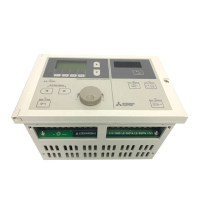
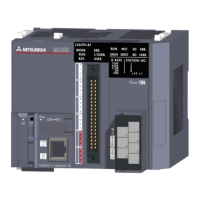



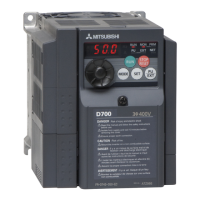
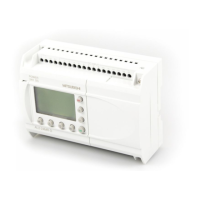
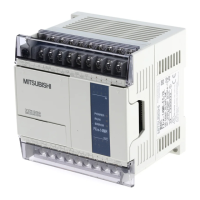
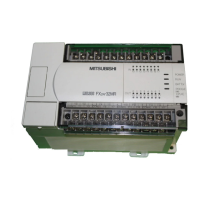
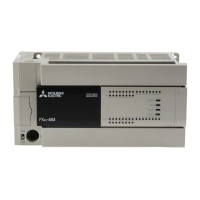
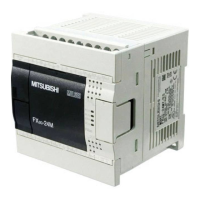
